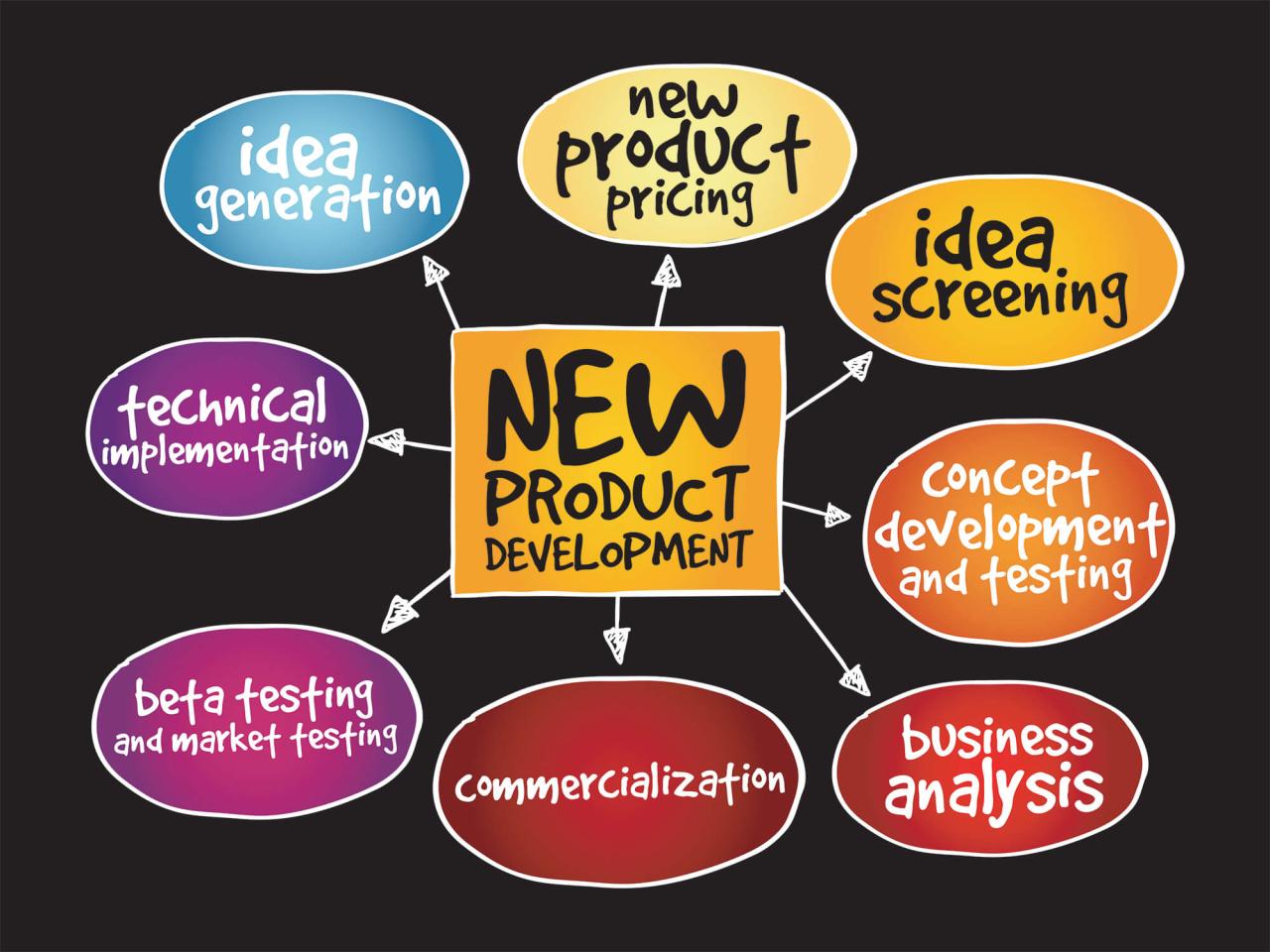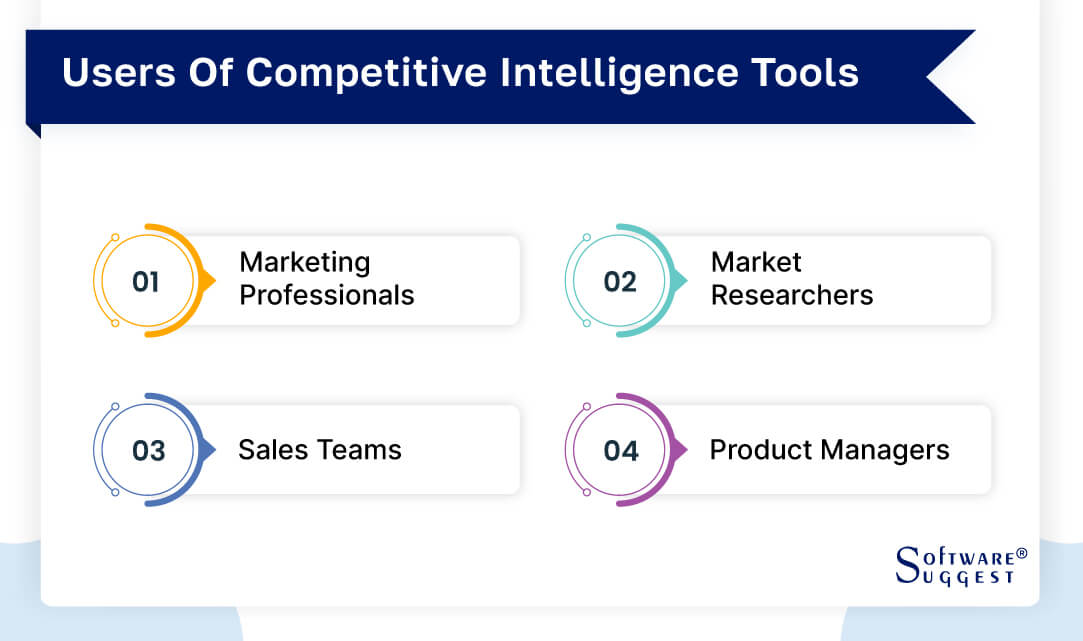Market Research Analysis Techniques
Market research analysis techniques lay the foundation for informed decision-making and successful business strategies. Let’s delve into the intricacies of collecting, analyzing, and reporting data to unlock valuable insights.
In the realm of market research, understanding the nuances of qualitative and quantitative analysis techniques can propel businesses towards growth and innovation.
Market Research Data Collection Techniques

Market research data collection techniques are essential for gathering valuable insights that can drive strategic decision-making. By utilizing various methods, businesses can obtain a comprehensive understanding of their target market, consumer behavior, and industry trends.
Primary Data Collection
Primary data collection involves gathering information directly from the source. This method includes surveys, interviews, focus groups, and observation. One of the main advantages of primary data collection is the ability to obtain specific and tailored insights that are directly relevant to the research objectives. For example, conducting surveys can provide quantitative data on customer preferences, while interviews can offer qualitative insights on consumer perceptions.
Secondary Data Collection
Secondary data collection involves using existing sources of information, such as reports, articles, and databases. This method is cost-effective and time-efficient, as it eliminates the need to collect data from scratch. However, the challenge lies in ensuring the accuracy and relevance of the secondary data sources. For instance, analyzing industry reports can provide valuable market trends and competitor analysis.
Importance of Using Multiple Data Collection Techniques
It is crucial to use a combination of primary and secondary data collection techniques to validate findings and enhance the overall research quality. By triangulating data from different sources, businesses can reduce bias, increase reliability, and gain a more comprehensive understanding of the market landscape.
When to Use Each Data Collection Technique
– Primary data collection is most appropriate when businesses need specific and in-depth insights that are directly relevant to their research objectives.
– Secondary data collection is useful for obtaining general market trends, industry benchmarks, and historical data that can provide context for primary research findings.
Qualitative Market Research Analysis Techniques
Qualitative market research analysis techniques involve the process of examining non-numerical data to understand consumer behavior, preferences, and motivations. This type of analysis focuses on capturing insights, emotions, and perceptions that quantitative data may not fully capture.
Common qualitative analysis techniques in market research include content analysis, thematic analysis, grounded theory, and narrative analysis. These techniques involve systematically analyzing qualitative data such as interviews, focus groups, observations, and open-ended survey responses to identify patterns, themes, and trends.
One of the key benefits of using qualitative analysis in market research is the ability to gain in-depth insights into consumer attitudes, feelings, and behaviors. Qualitative analysis allows researchers to explore complex issues, uncover underlying motivations, and understand the context behind consumer decisions.
For example, through thematic analysis of customer interviews, a company may discover recurring themes related to product preferences, customer satisfaction drivers, or brand perceptions. These insights can inform marketing strategies, product development initiatives, and customer experience enhancements to better meet consumer needs and expectations.
Quantitative Market Research Analysis Techniques
Quantitative market research analysis involves the process of analyzing numerical data to uncover patterns, trends, and insights that can help businesses make informed decisions. This type of analysis relies on statistical techniques to draw meaningful conclusions from the data collected.
Statistical Techniques in Quantitative Analysis
- Regression Analysis: This statistical technique is used to examine the relationship between a dependent variable and one or more independent variables. It helps in predicting the impact of changes in one variable on another.
- Factor Analysis: Factor analysis is used to identify underlying factors or latent variables that explain the observed correlations among multiple variables. It helps in reducing the complexity of data and identifying key factors driving consumer behavior.
- Cluster Analysis: Cluster analysis is used to group similar data points or observations into distinct clusters based on certain characteristics. It helps in segmenting customers or identifying target market segments.
Importance of Statistical Analysis in Drawing Conclusions
Statistical analysis is crucial in market research as it helps in validating hypotheses, identifying patterns, and making data-driven decisions. By applying statistical techniques to quantitative data, businesses can gain valuable insights into consumer preferences, market trends, and competitive landscapes.
Examples of Data-Driven Decisions with Quantitative Analysis
- Price Optimization: By analyzing sales data and customer demographics, businesses can determine the optimal price points for their products or services to maximize revenue and profitability.
- Market Segmentation: Through cluster analysis, businesses can identify distinct market segments with unique characteristics and tailor their marketing strategies accordingly to target specific consumer groups effectively.
- Forecasting Sales: Regression analysis can help businesses forecast future sales based on historical data, seasonal trends, and external factors, enabling better inventory management and resource allocation.
Market Research Reporting Methods: Market Research Analysis Techniques
Market research reporting is a critical aspect of the entire market research process. It involves presenting the findings and insights gathered from the research in a clear and concise manner to facilitate decision-making. Effective reporting methods can make a significant impact on the success of a business.
Importance of Clear and Concise Reporting
- Clear and concise reporting ensures that key findings are easily understood by stakeholders.
- It helps in identifying trends, patterns, and opportunities in the market.
- Good reporting enables decision-makers to make informed and data-driven decisions.
Data Visualization Techniques for Enhancing Reports, Market research analysis techniques
Data visualization techniques play a crucial role in enhancing market research reports by presenting complex data in a visually appealing way. Some examples include:
- Charts and graphs
- Infographics
- Heat maps
- Dashboards
Data visualization helps in highlighting key insights and trends quickly and effectively.
Examples of Effective Market Research Reports
- An in-depth customer segmentation report that helps in targeting specific consumer groups with tailored marketing strategies.
- A competitive analysis report that provides insights into the strengths and weaknesses of competitors, helping businesses refine their own strategies.
- A market trend analysis report that forecasts future market trends and opportunities, guiding businesses in making proactive decisions.
FAQ Corner
How do I choose the right data collection method?
Consider the research objectives and the type of insights needed to determine the most suitable data collection technique.
What is the significance of qualitative analysis in market research?
Qualitative analysis provides in-depth understanding and uncovers nuanced consumer behaviors, preferences, and perceptions.
Why is statistical analysis crucial in quantitative research?
Statistical analysis helps in interpreting data patterns, relationships, and trends, facilitating informed decision-making based on evidence.







